If you go to Scandinavia you will find yourself in the middle of the Viking Age.
You might not see it at first, maybe even shake your head and think “nonsense – that was a long time ago”.
Slowly you will start noticing the slightly odd behaviour, the weird names and the ever present Iron Age grave mounts.
You will start seeing Mjölnir, Jǫrmungandr, Yggdrasil and fuþart everywhere. Suddenly you can’t stop seeing it. Sooner or later it will dawn on you: It’s not over yet.
Relax. We don’t desecrate alters, burn monasteries and enslave monks anymore. We have found more subtle ways to express our general lack of consideration.
A defining part of Viking culture is a fair amount of insensitivity and a merciless rationality.
If public hugging and kissing, breastfeeding and giraffe autopsies are too much for you, and religious satire makes you uneasy, you will consider us barbaric.
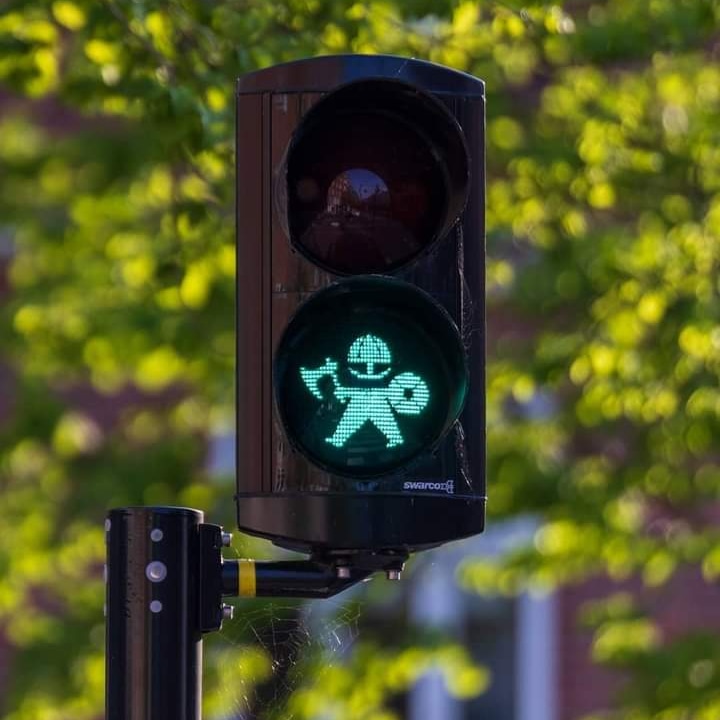
Yet you will find the Scandinavian countries at the top of the list whenever development is ranked; happiness, education, equality, atheism, healthcare, work-life-balance, social security and sustainable energy.
The World Economic Forum and United Nations annual reports looks suspiciously like Scandinavian fanmail.
We don’t discriminate by innate characteristics (such as gender, skin colour or sexual orientation), while choices (faiths and opinions) are always subject to debate and ridicule, in words and artistic expressions.
Perhaps the most defining ability of Vikings is adaptability, which is how we transitioned from forn siðr through Christianity to atheism, from fuþark to the latin alphabet, and from villains to virtue, without losing our specific character on the journey.
It happens, once in a while, some actually get offended by our lack of consideration. Rest assured you are welcome to burn our flag, the bible and constitution, and even a picture of the queen.
No harm done, as noone is physically inconvened.
All things considered, we are still Vikings.
Viking is not an ethnicity, a religion or a membership club. It’s something subtle and indefinable in the culture and the landscape, and it affects us; even those whose grandparents immigrated from somewhere else, and the ones whose knowledge of history is shockingly deficient and flawed.
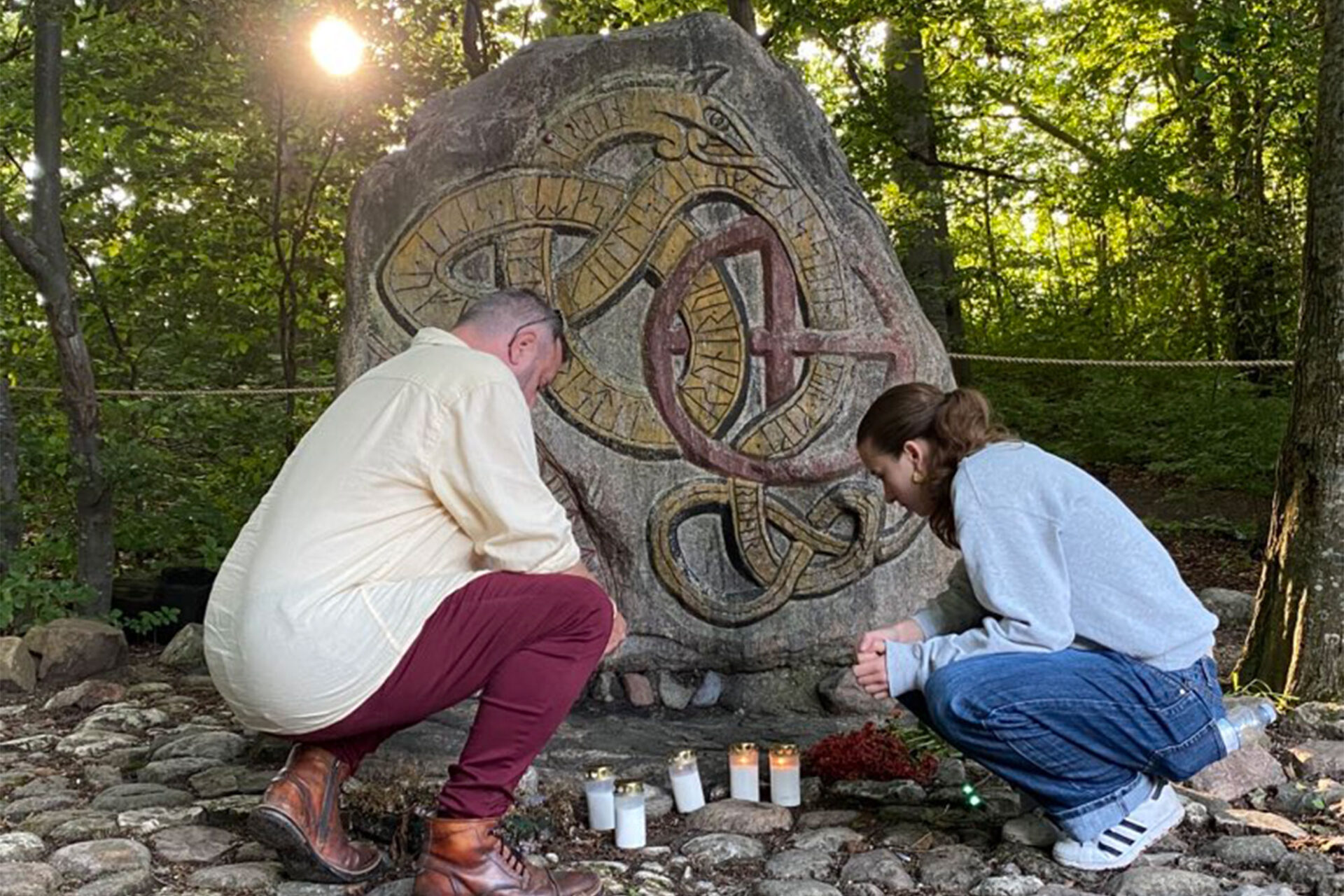
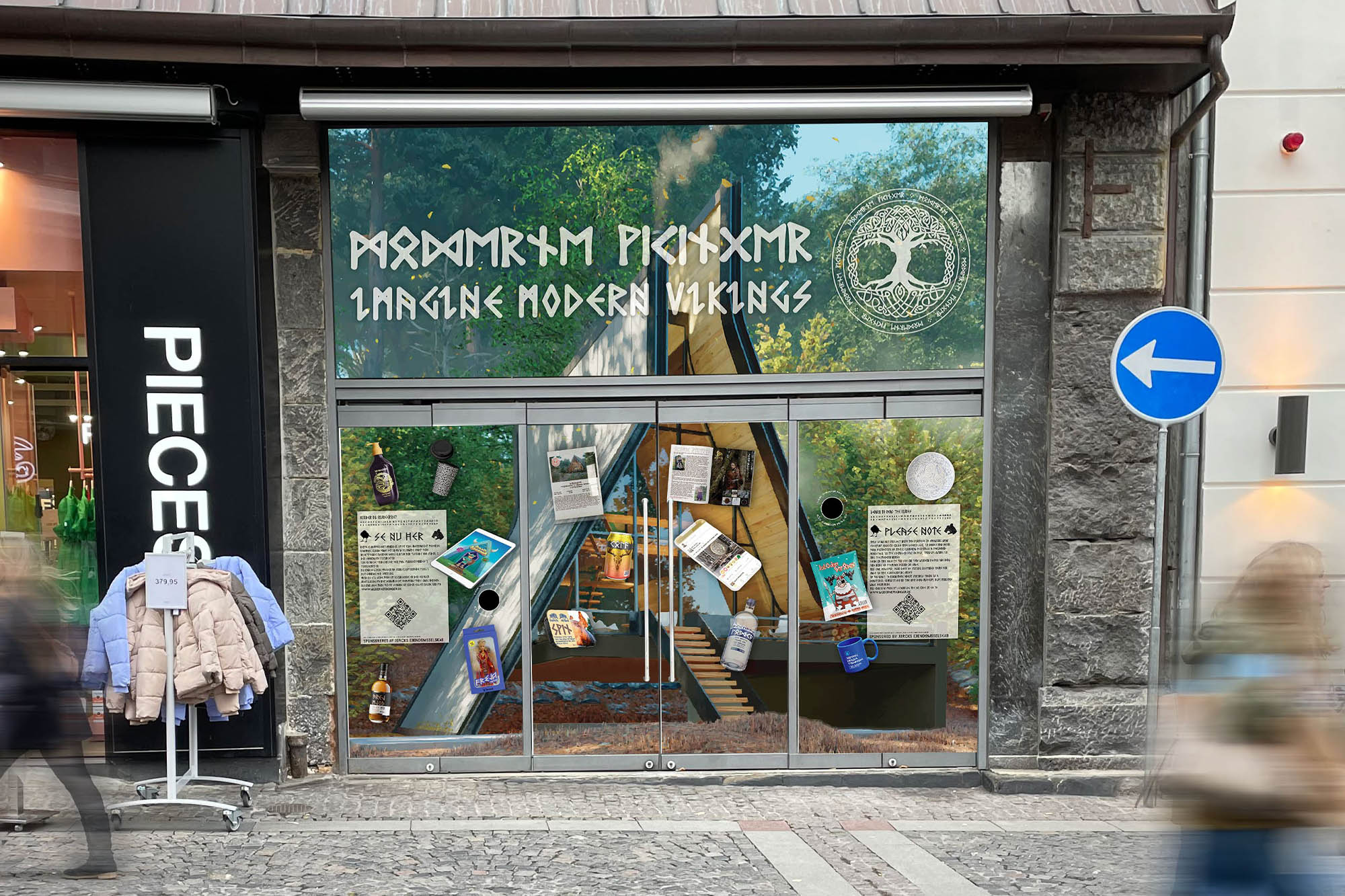

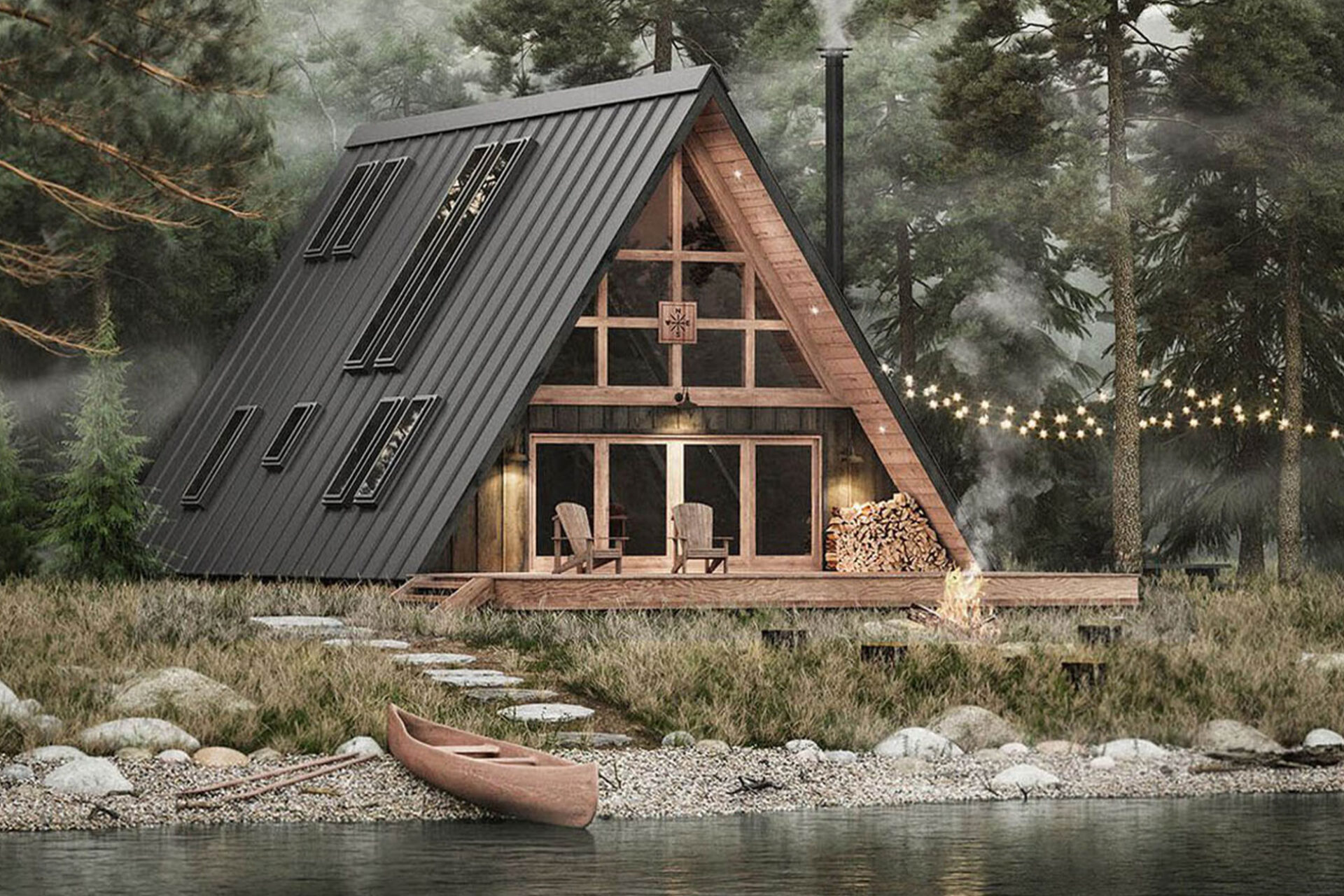

My youngest daughter’s daycare center was named Midgårðen, her classmates had names like Erik, Harald and Astrið, and she learned what I have learned, and what her children will learn: The thunder is Þórr acting out with his hammer, Mjölnir.
She names everything, like her iPhone, bicycle, potted plants and jewelry.
Her grandmother used to wear a Mjölnir necklace, even to church. Not to provoke, but it’s so common here, nobody gives it a second thought.
Grandma’s dead now, so we will light candles in front of a runestone.
In December 2021 I was invited to make an exhibition in the centre of Copenhagen, with the title “Imagine Modern Vikings”.
The idea was to imagine what Denmark would have looked like, had the Iron Age Vikings been more culturally conservative.
A lot of research and some photoshopping. The more research we made, the more pointless it became.
Being conservative would have been self-contradictory for an Iron Age Scandinavian. After all their success was driven by plasticity.
You don’t have to imagine modern Vikings; just look around. It’s right here, right now.
Only a few Scandinavians will put “Viking” on their business card or Facebook profile, but they will still refer to Kristmesse (Christmas) as “Jul”, and talk about Þórr when they hear the thunder.
It’s inescapable.
![]()
The Christian cross dominates all the Scandinavian flags, but you will not find many believers. Neither will you find any other countries with a higher percentage of female and/or homosexual priests.
Obviously we don’t actually believe in æsir and tróls either, but they are – nevertheless – everywhere, all the time.
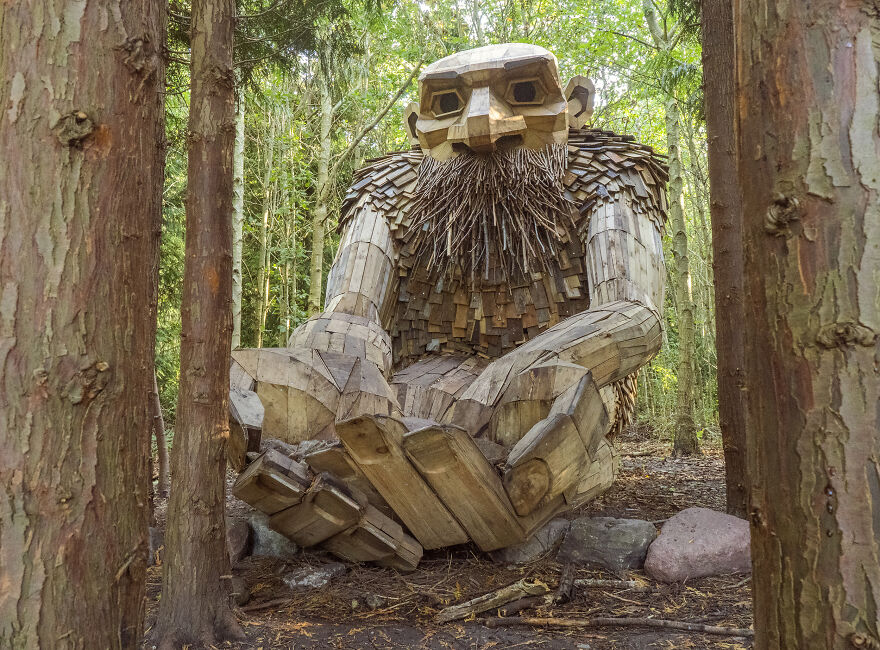
WHAT VIKINGS ARE NOT
Vikings were – and are – not racists.
Our ancestors in the Iron Age were completely clueless about ethnicity.
(Read more here).
Vikings are not anti-Christian.
For most of the historical Viking Age most Vikings were Christians.
Now most are atheist.
Vikings are not considerate of opinions and beliefs.
Your thoughts and your superstitions are not above criticism and ridicule.
We are not against Jesus, Muhammad or Buddha, but we reserve the right to make fun of them.
Vikings are not eager to die in honor.
Death is something we avoid as long as it makes sense.
Vikings are not necessarily tattooed.
In the historical Viking Age, Rus Vikings are described as tattooed with floral patterns, while Danes have never been described as tattooed at all.
In recent years, tattoos have become very popular with Viking-inspired motifs, Vegvisir, runes, etc.
Not all Blondes.
According to DNA researchers, there are probably more blonde Scandinavians now than in the historical Viking Age.
Bloodthirsty psychopaths.
Iron Age Vikings were hyper violent in a hyper violent age.
Often fear would make potential victims pay to escape.
It's not a simple story…
Read the book Vikingology to get all the details.
According to Lene Melheim from the Museum of Cultural History in Oslo the Viking Age began 2500 years ago.
According to the Anglo-Saxon Chronicle it began 8th of June 793 AD, with the attack on Lindisfarne monastery.
In reality the term “Viking Age” didn’t exist until 1873, where it appeared on the cover of the booklet ”De Danskes Kultur i Vikingetiden” (“The Dane’s Culture in the Viking Age”) by archaeologist, historian and politician Jens Jacob Asmussen Worsaae.
Since all of the Scandinavian countries had lost wars and territory within the last decade, there was a craving for renewed national pride, and the concept spread like wildfire, in Denmark, Norway and Sweden.
So the Viking Age started 500 BC, 790 AD or never; you decide for yourself.
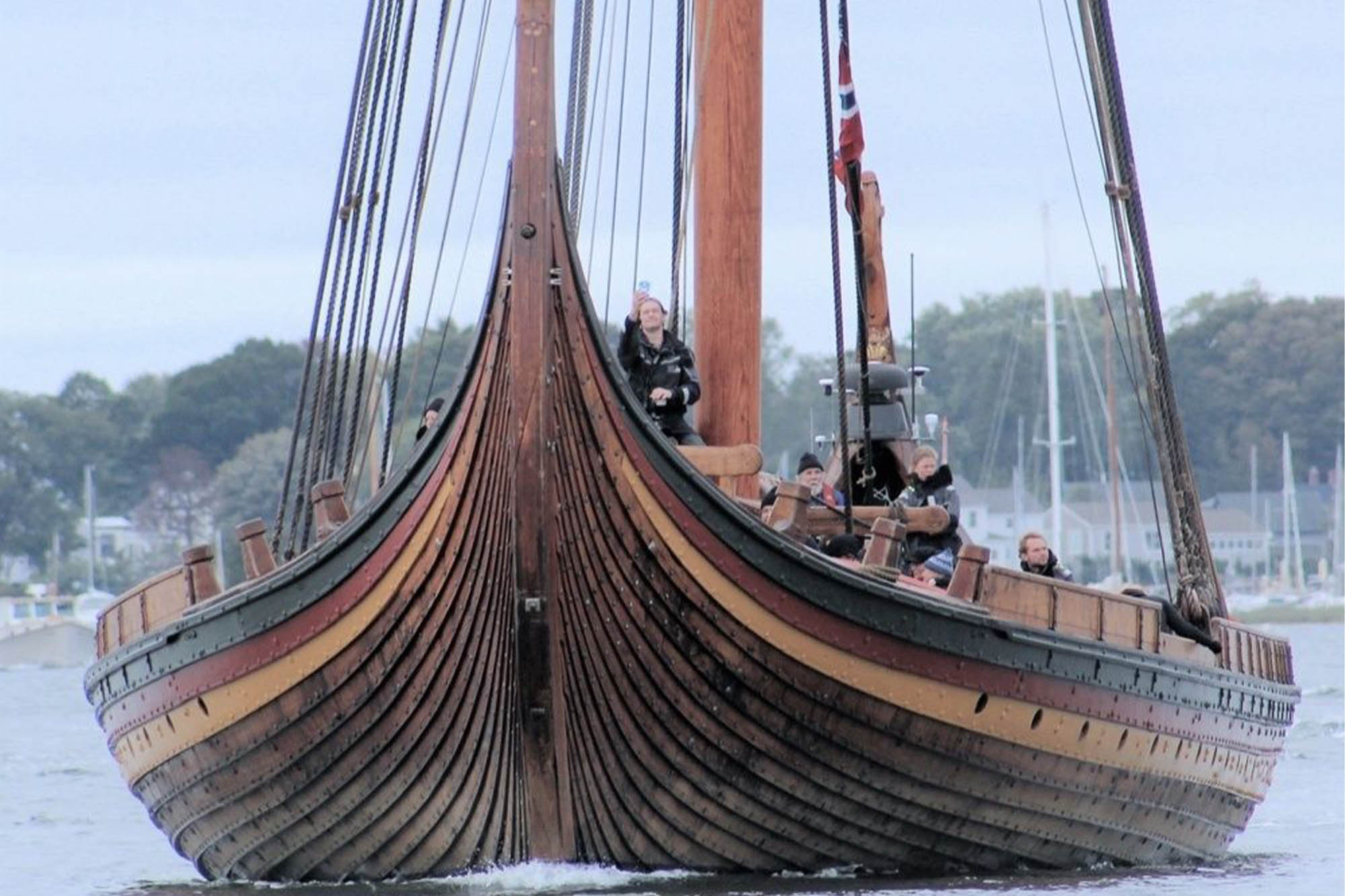
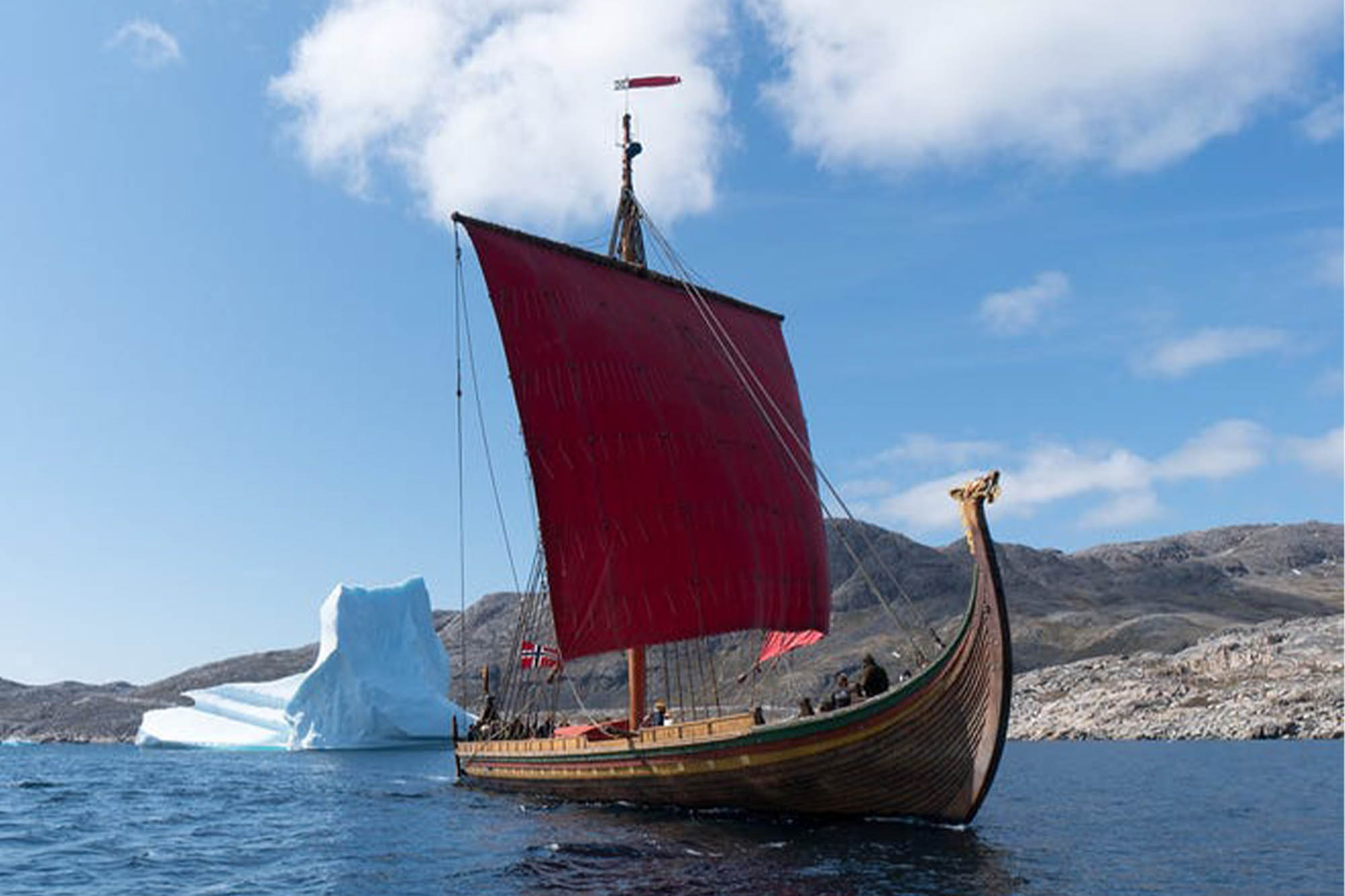
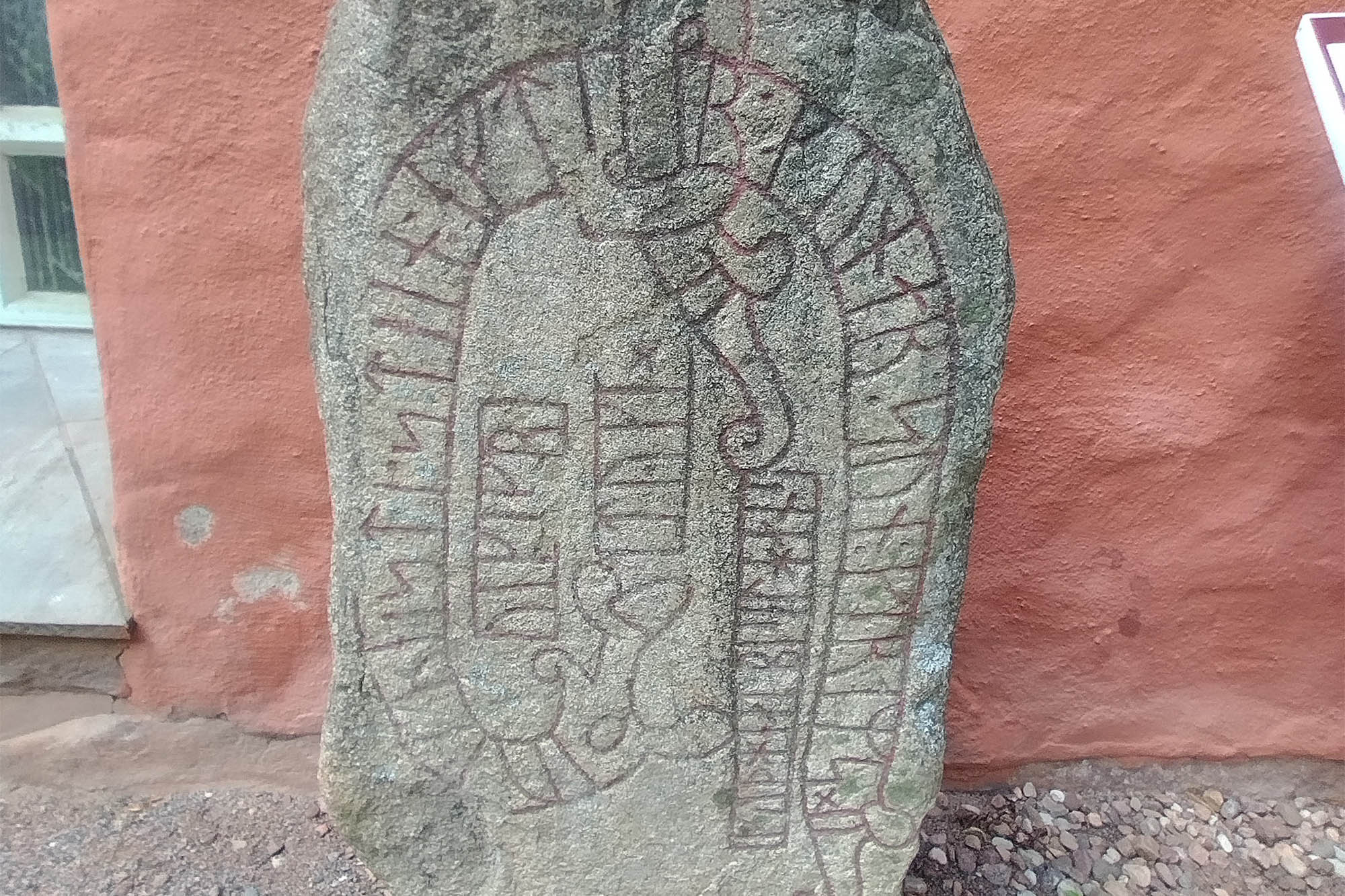
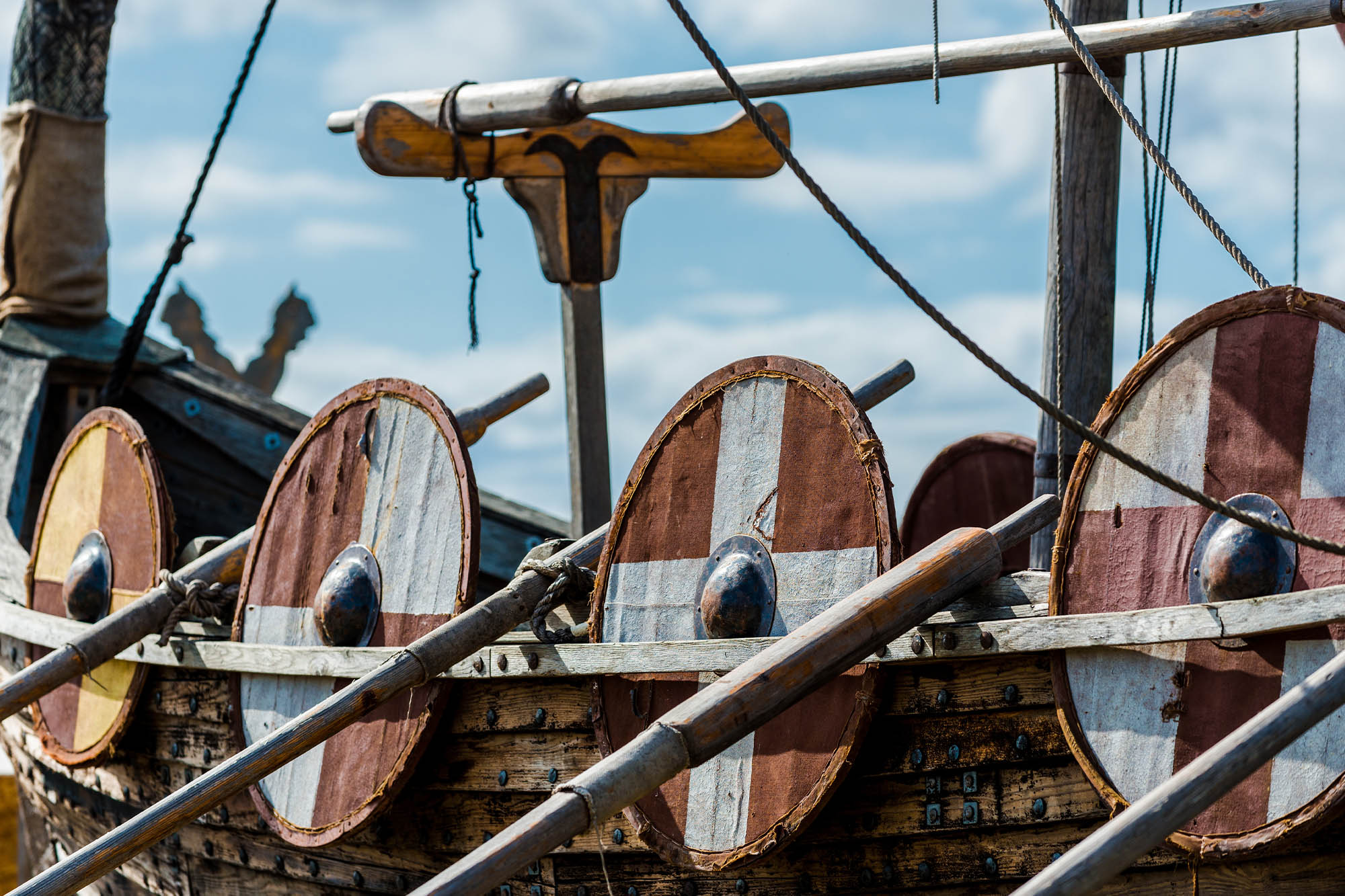
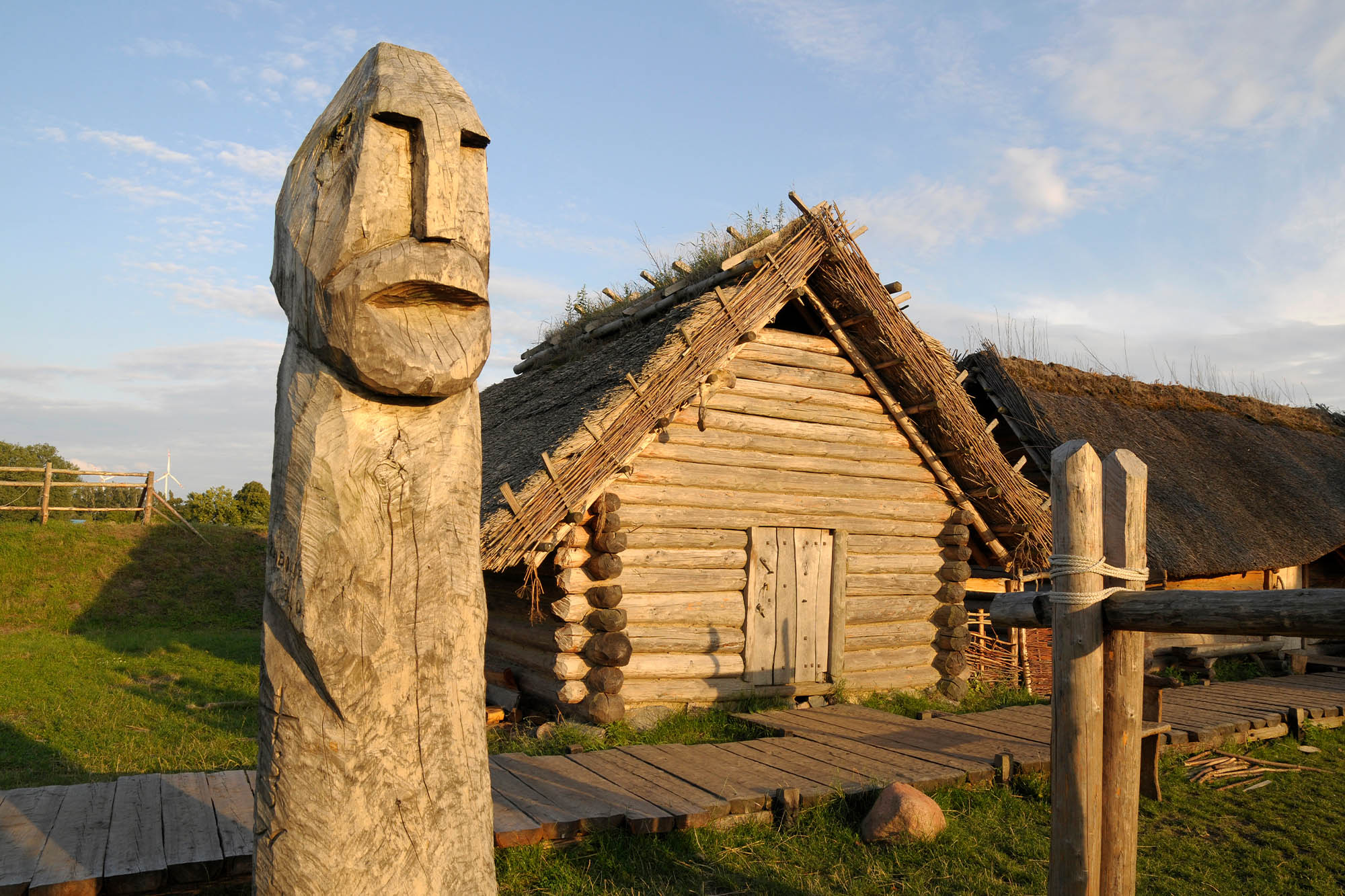
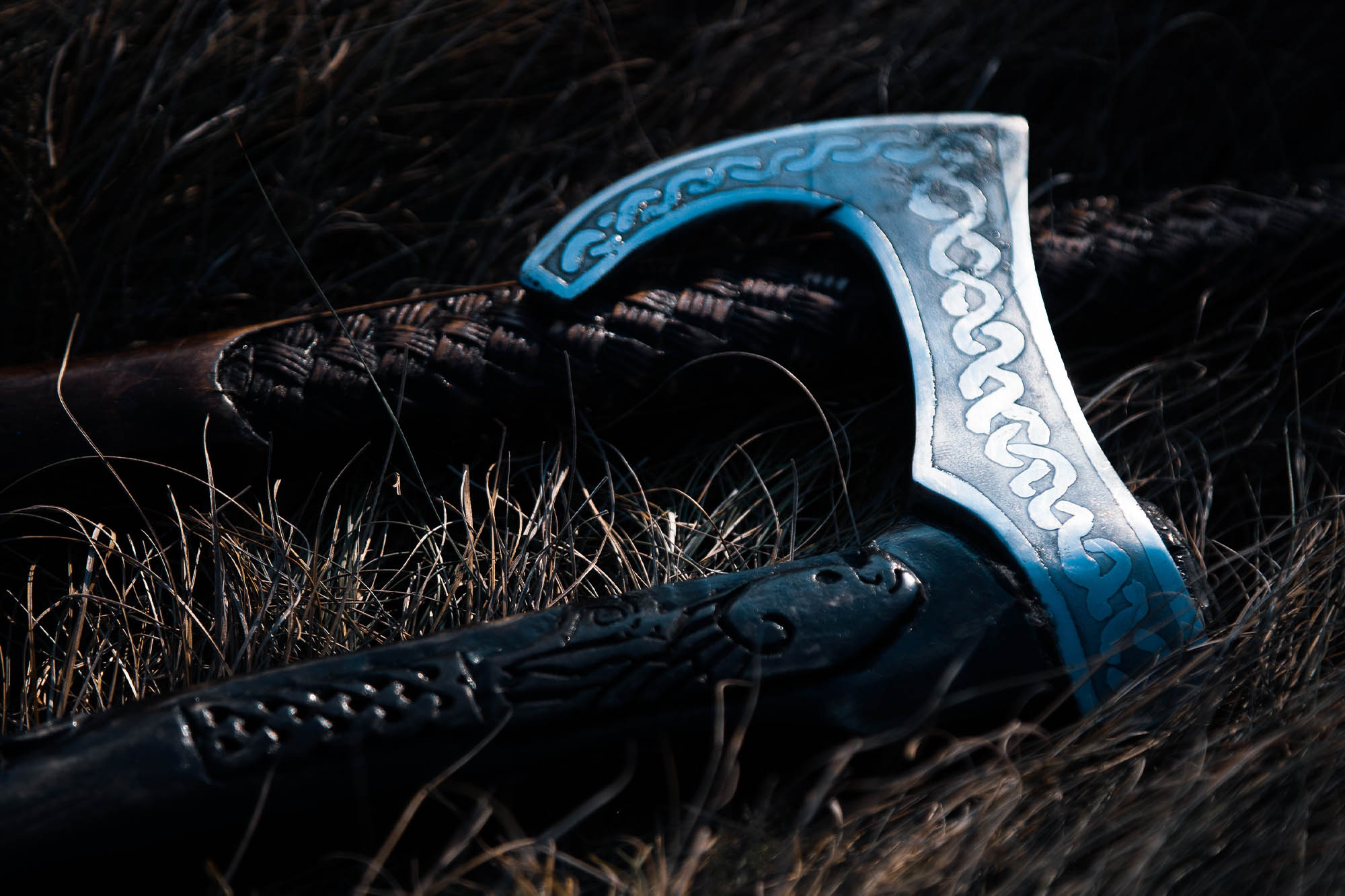
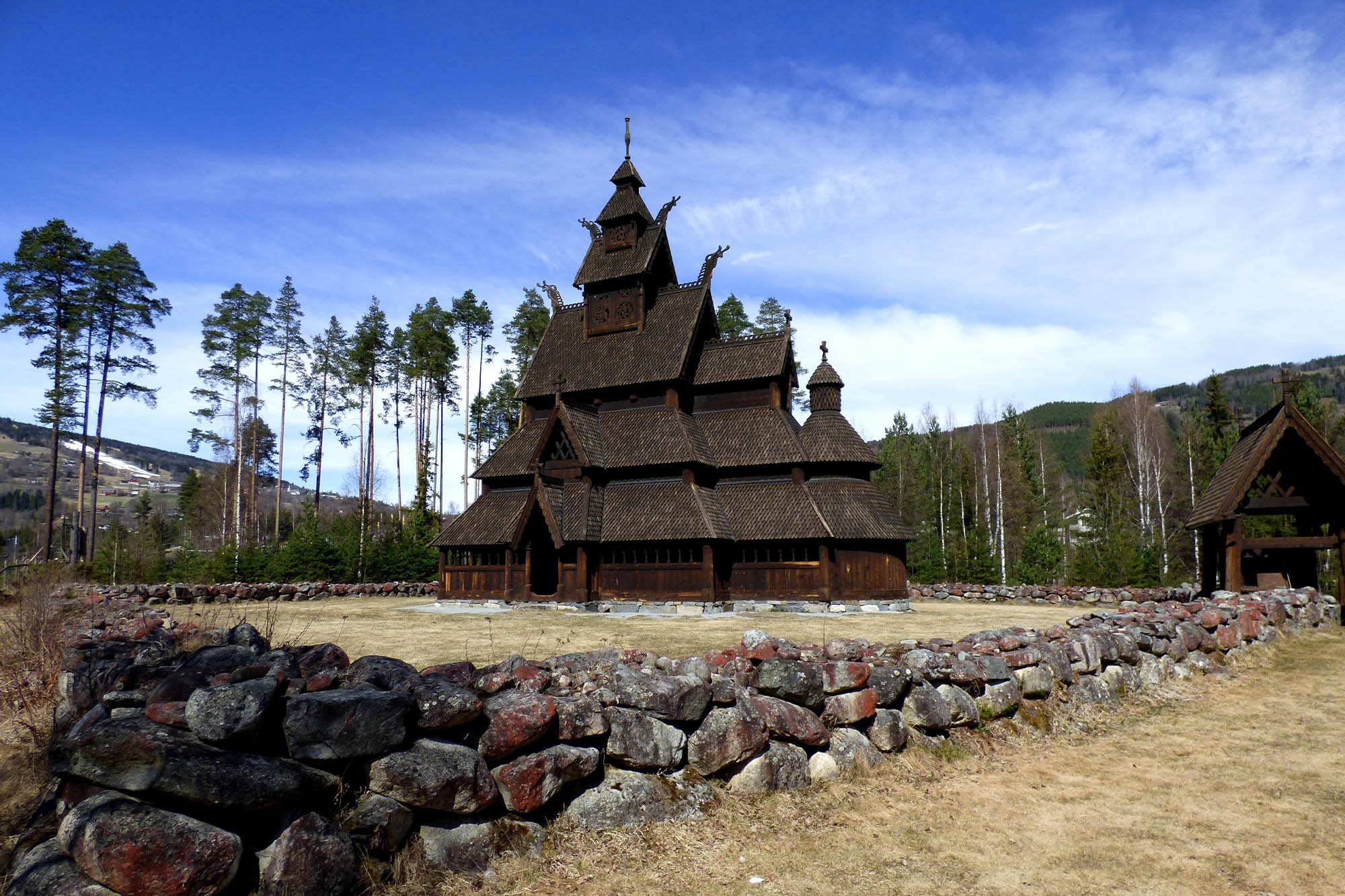
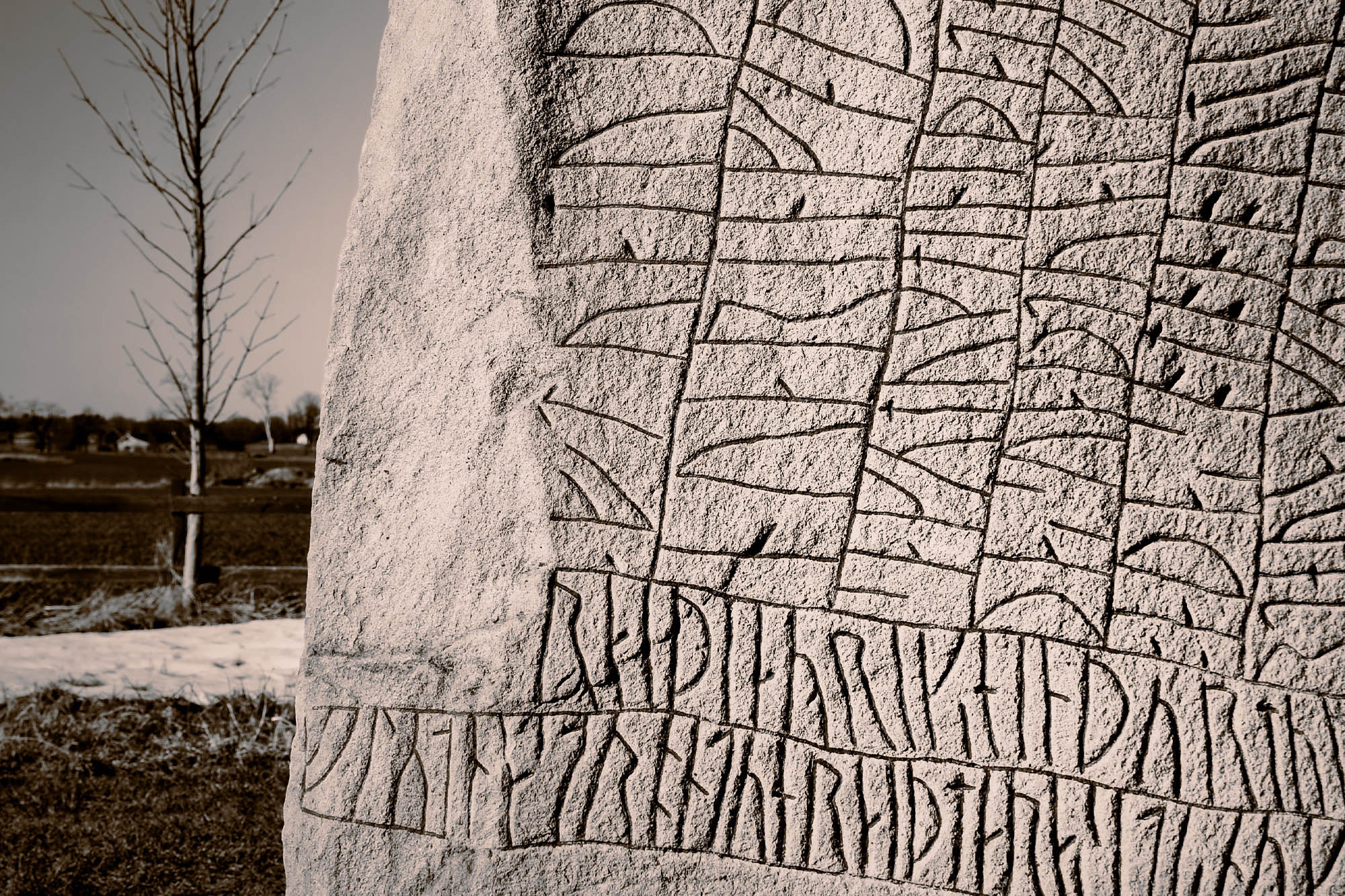
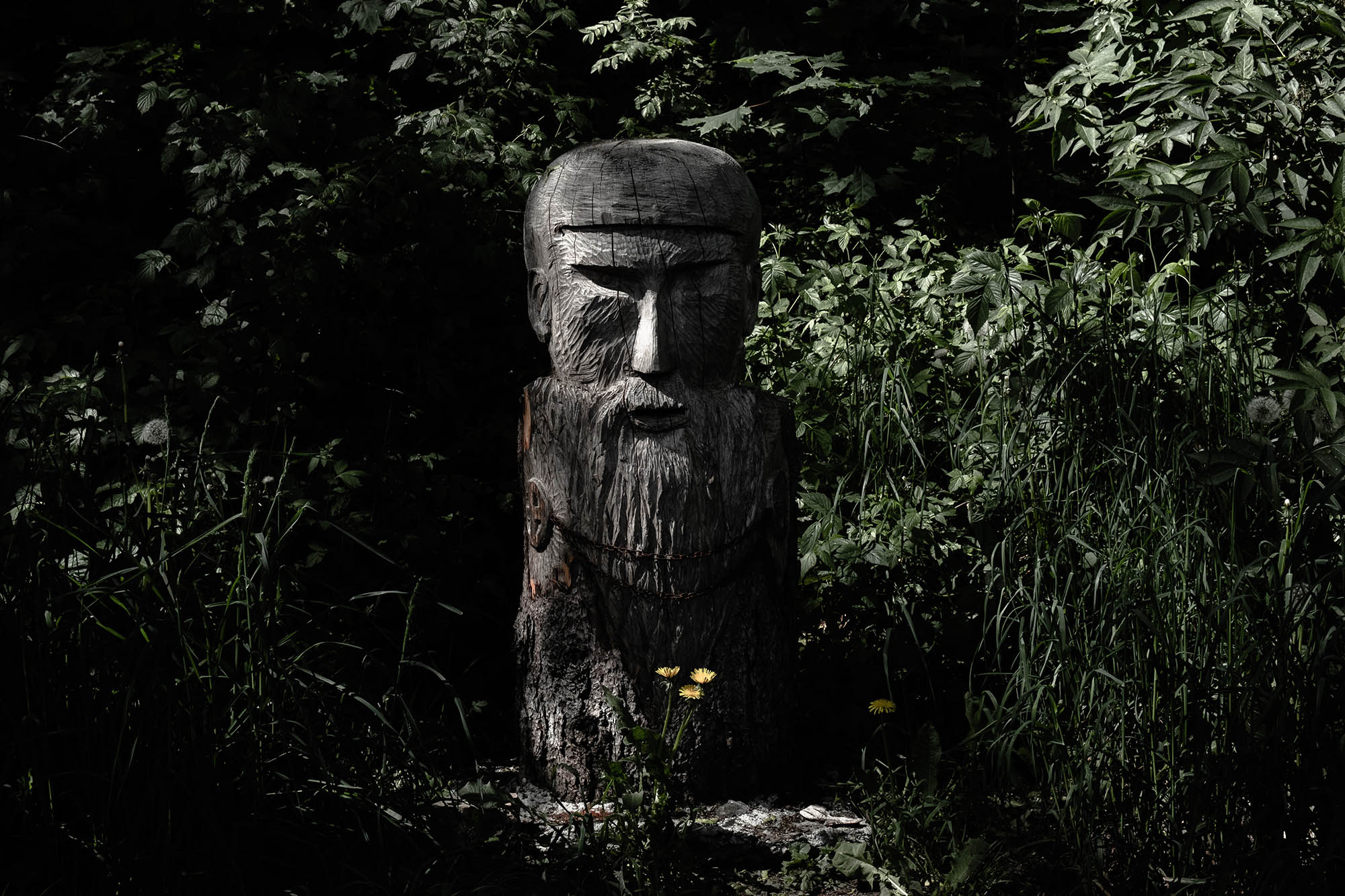
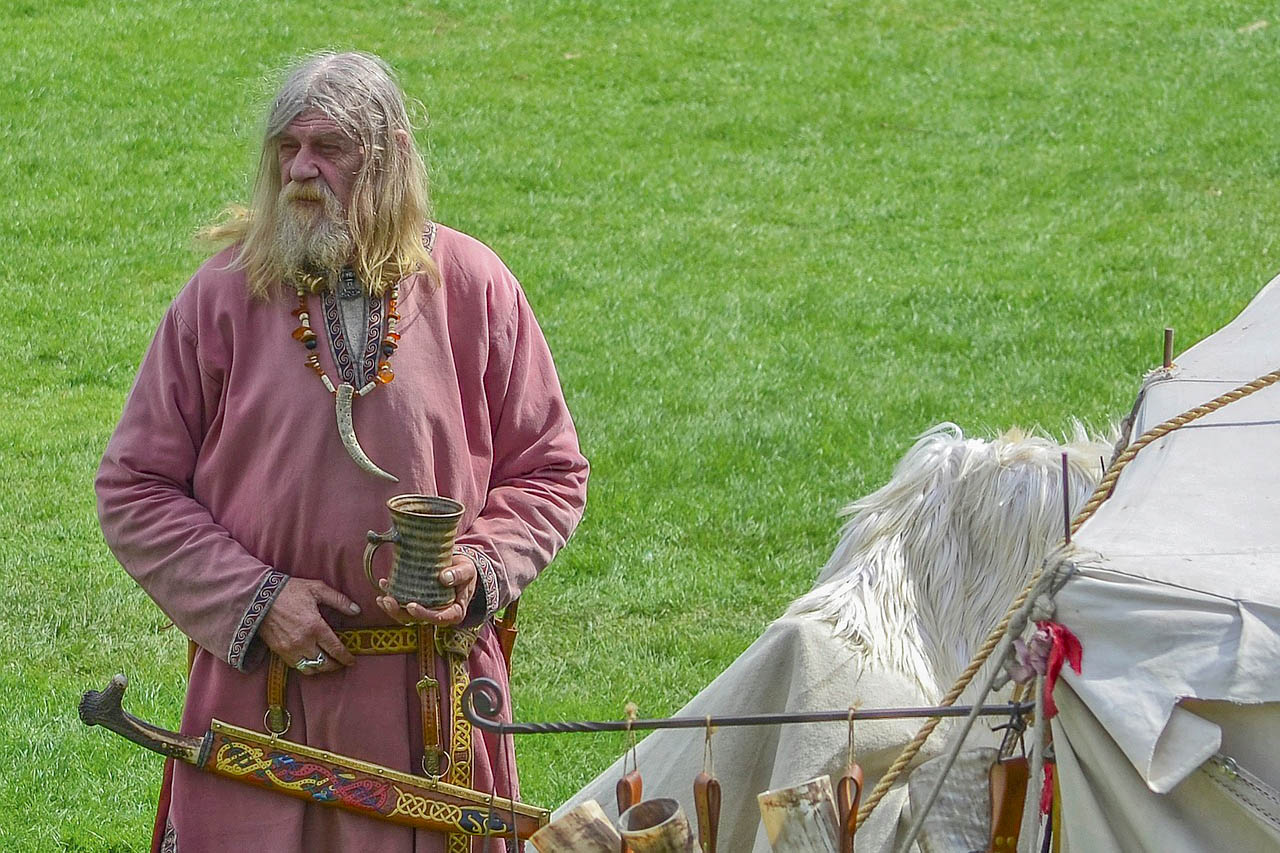
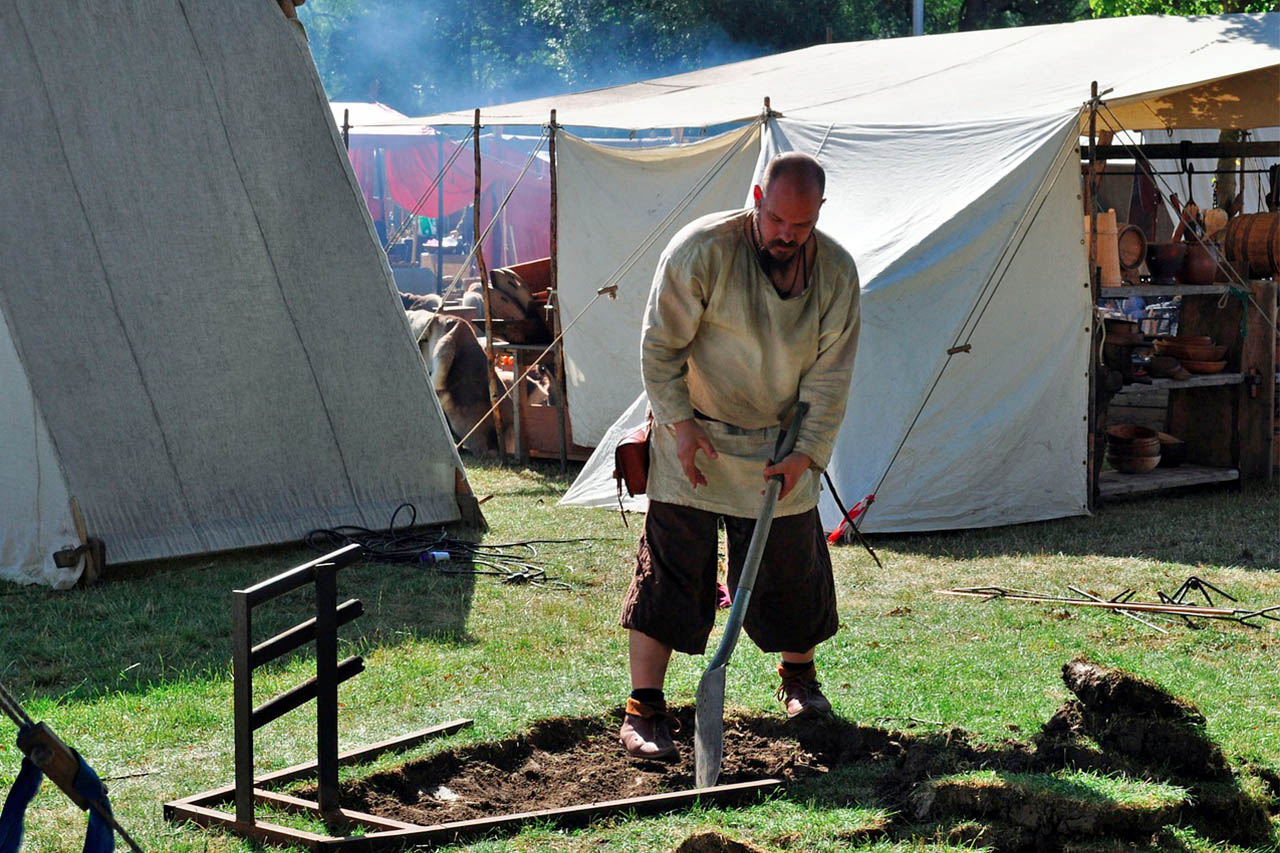
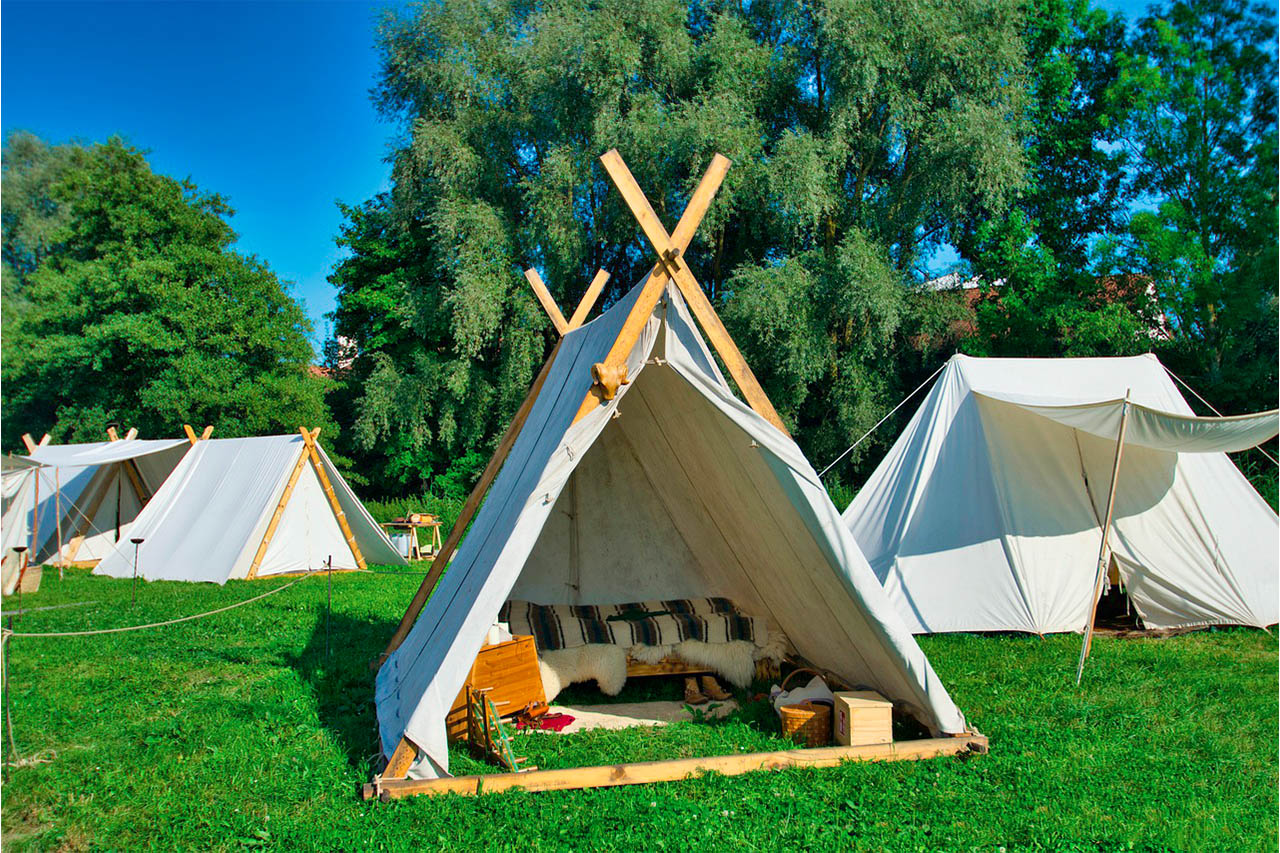
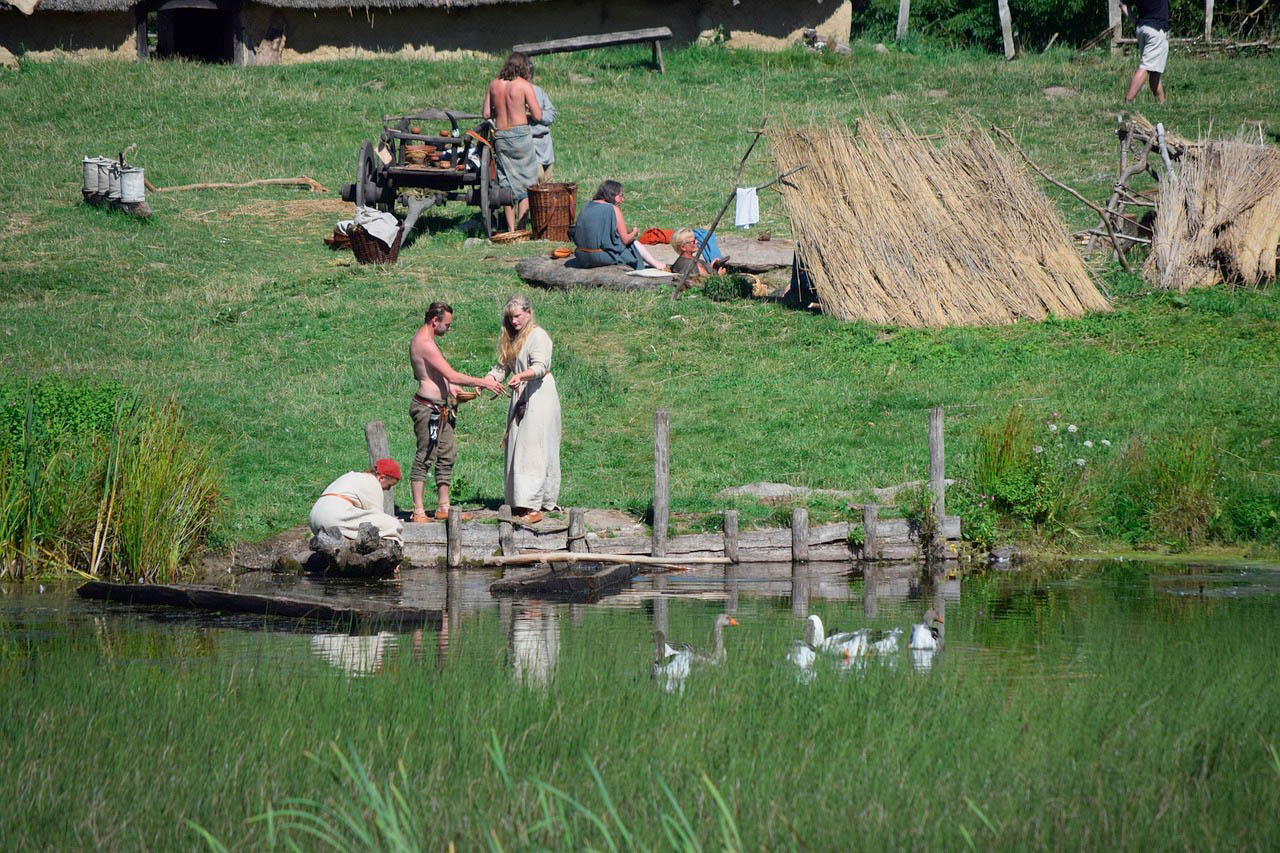
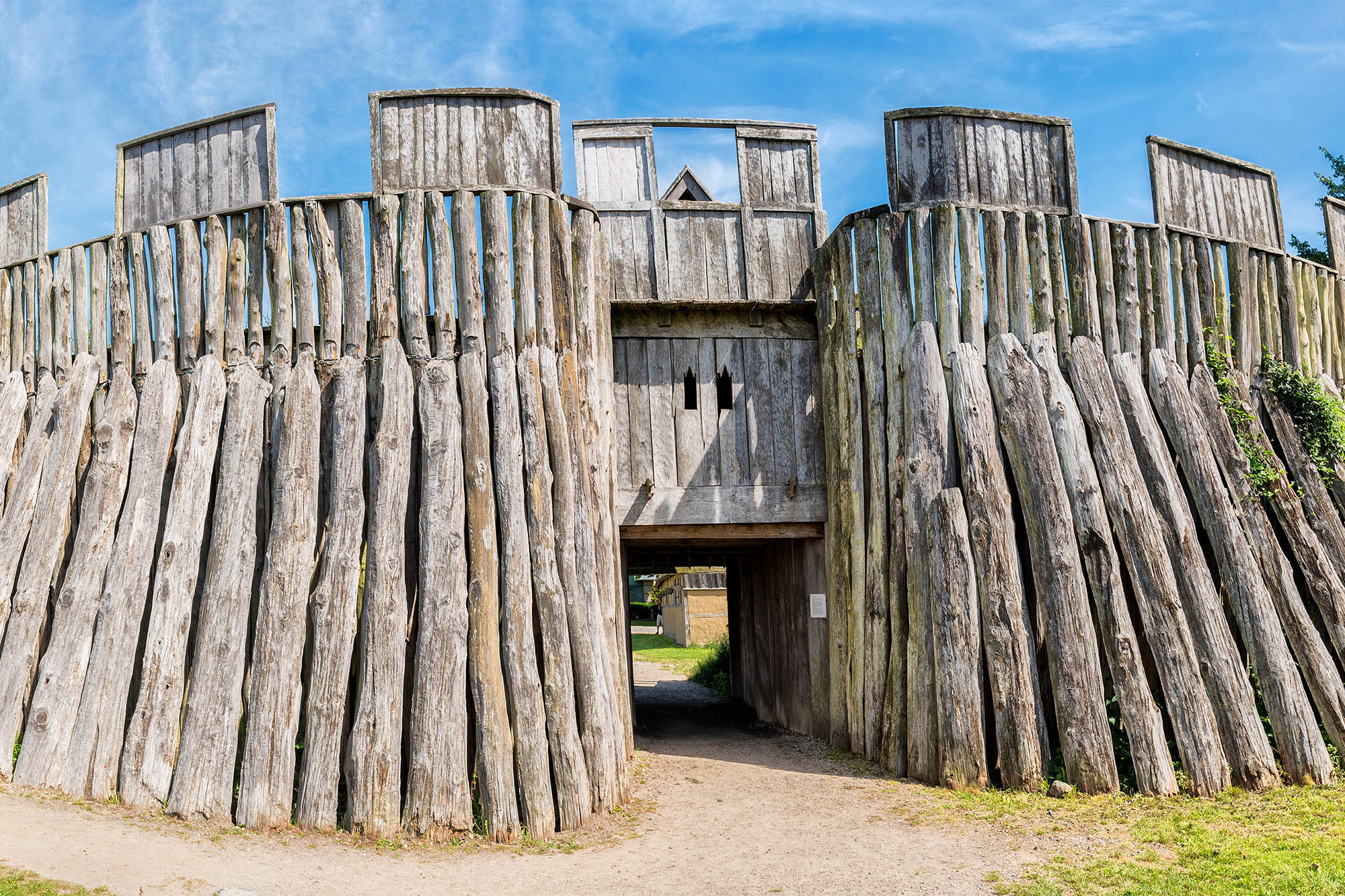
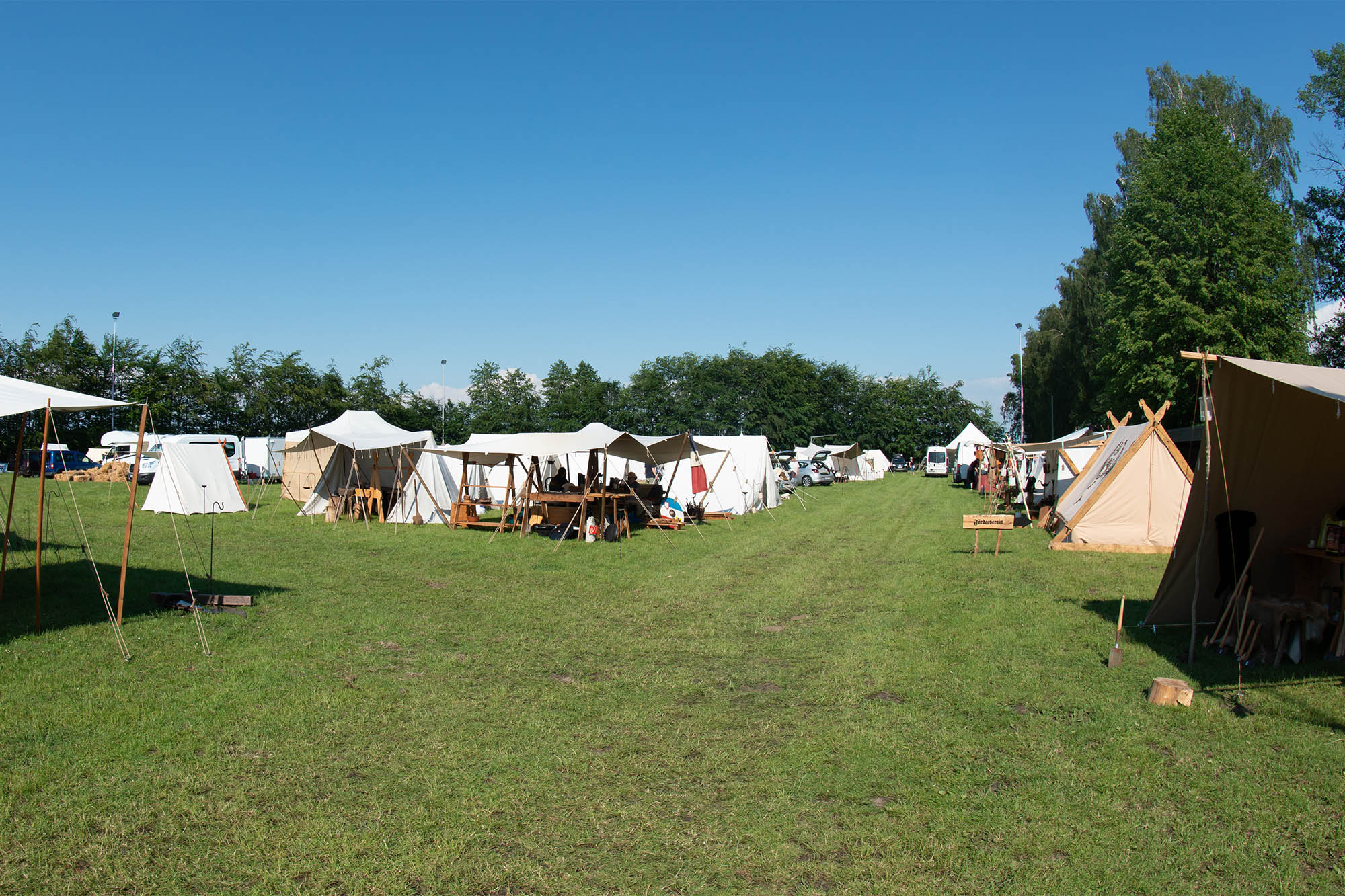
“Viking” is a label we have trumped up in retrospect, and altered over the years.
The Iron Age Vikings rarely referred to themselves as “Vikings”, and they didn’t have a clue they were living in the “Viking Age”.
There are two different spellings found in late Iron Age Scandinavia: “Vikingu” and “Vikingr”.
The first is a verb, an action, like in the runestone that reads “He died in Vikingu on the western route.” [VG 61]
The second is a noun, a title, like the runestone that reads “Tóki the Vikingr, raised the stone (…)” [SM 10]
The word appears again in the Anglo-Saxon Chronicles, which states “The Norsemen came as Vikings”.
Today “Viking” simply means Scandinavian or Souvenir Shop.
The original base of the word is presumably “From Vik”, or “From the vik” (“vik” means bay, and might be a specific bay stretchng from presnt day Oslo to Gothenburg, maybe any bay).
Vikings were forn siðr (“the old ways”, pagan) until c. 1350, but started converting to Christianity in c. 700, so there’s an overlapping transition period of c. 650 years.
Presently most are members of the national Lutheran church, for traditional reasons, but de facto atheists.
There’s only a very small minority of official forn siðr members, but Asatro (Norse paganism) is officially recognised as a religion in all Scandinavian countries.
As far back as we can trace Scandinavians have been interacting with Sámis, Frisians, Anglo-Saxons, Finns, Slavs etc., and from around year 750 we have numerous historical accounts of trading, raiding, slaving, travels, expeditions, and immigration. The world came to Scandinavia, and the Vikings came to the world.
That’s what we call “The Great Norse Expansion”.
Most of the chronicles and sagas are highly unreliable as accounts of actual events and people, but they give us undeniable insight into alliances, conflicts and relations.
Reading the Anglo-Saxon Chronicles is just as enlightening as reading any English tabloid today; a few facts, lots of opinions and mostly bullshit.
We know for a fact that three things in particular made the Vikings highly successful in a rapidly changing world, in the late Iron Age and early medieval times.
With the rise of great empires surrounding Scandinavia, the Vikings changed from raiders to empire builders, with the North Sea Empire in the west and Kievan Rus in the East.
The Viking countries officially became Christian, while expeditions went as far as Vinland (L’Anse aux Meadows in present day Canada), and Baghdad in the Abbasid caliphate.
Some would say the Viking Age ended with Christianity, some would say it ended with the collapse of the Viking empires, and some would say it never ended.
In the Anglo-centric narrative it ended on 25th of September 1066, at the battle of Stamford Bridge, but outside of England is was far from over, as the Varangian Guard in Miklagarðr (Constantinople) were still recruiting Viking mercenaries by the shipload.
Now the weekdays are named after Norse deities, you decorate for Christmas with fir and fruit in honor of the nature spirits, and you use old Norse words like “wife”, “knife”, “son”, “daughter”, “church” and a thousand more.
You can find an overview on the page Timeline.
Get the full story – Read the book “Vikingology”
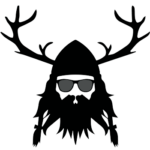
Get the answers to all your questions, get the full story and all the little details that paints the entire picture.
“Vikingology” is the book you must have on your nightstand.
In bookstores from November 10th 2023.
220 pages
What is the cost of 20, 50 or 100 copies? To order a stack for your employees, a box for your store or a stack to Vikingize the world, call +45 31 50 20 15 or send an email to hej@viking.gl
In 2021 I was invited to create an exhibition in the pedestrian street in Copenhagen, Denmark, called “Imagine Modern Vikings”.
The purpose was to explore what would have happened if Vikings, in the late Iron Age, had been more culturally conservative.
We would perhaps have kept the forn siðr (pagan ways), the fuþark (runes), and maybe a few extra design features, but that’s basically it.
After all adaptability is the key factor that made the Vikings prevail.
During the research and design phase, we came to the conclusion that it is still here, it’s everywhere around us, and it’s undeniably in our Scandinavian identity.
The exhibition was sponsored by Jorcks Ejendomme.
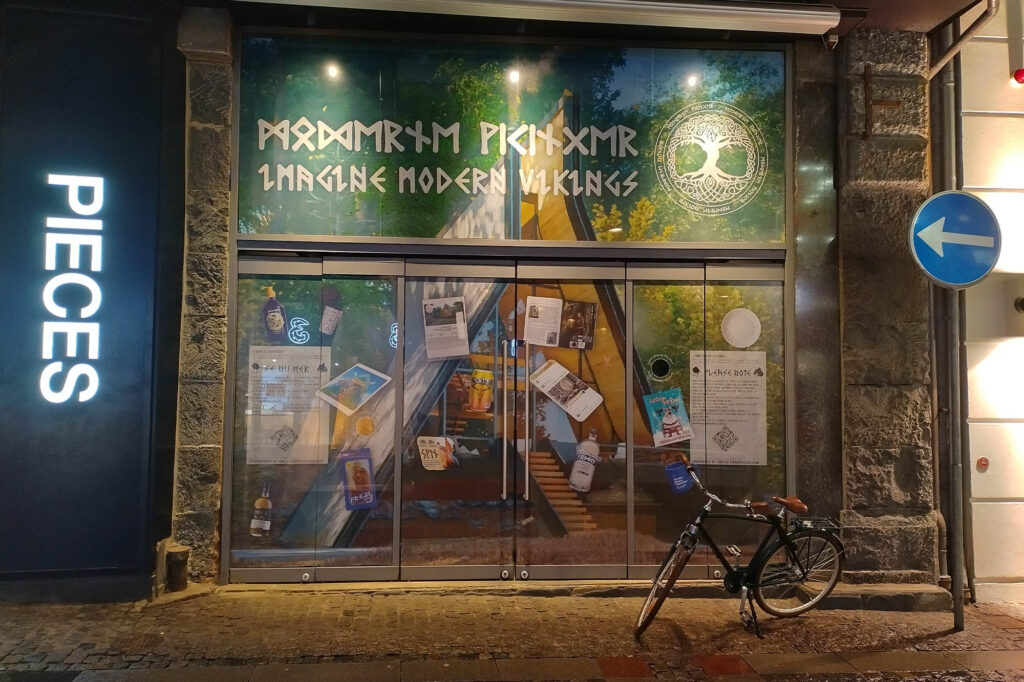
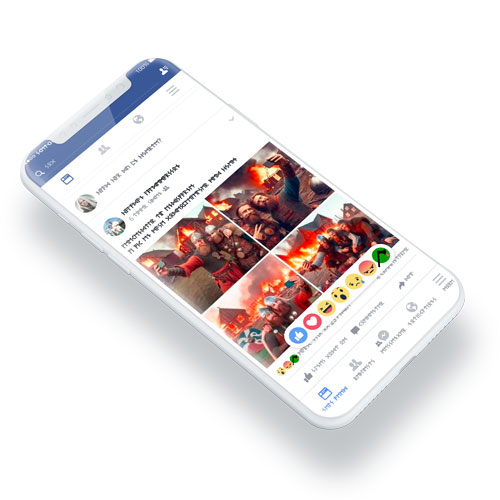

Not all letters existed in the rune alphabets so some letters might share a rune.
“:” is:used:for:separating:words.
To translate write phonetically: Michael = Mikal = ᛘᛁᚴᛅᛚ
Danish and Norwegian alphabet (c. 900 AD – present day)
ABCDEFGHIJKLMNOPQRSTUVWXYZÆØÅ abcdefghijklmnopqrstuvwxyzæøå
Swedish alphabet (c. 900 AD – present day)
ABCDEFGHIJKLMNOPQRSTUVWXYZÅÄÖ abcdefghijklmnopqrstuvwxyzåäö
Icelandic alphabet (c. 900 AD – present day)
AÁBDÐEÉFGHIÍJKLMNOÓPRSTUÚVXYÝÞÆÖ aábdðeéfghiíjklmnoóprstuúvxyýþæø
Ä/Æ/ä/æ = Like E in “Elf”.
Ö/Ø/ö/ø = Pronounced almost like the Ea in “Earth”.
Å/å = Almost like Oa “Oar”. (In Danish aa can substitute å, like Aarhus = Århus)
Ð / ð = Soft D, almost like TH in “Heathen” (tip of tongue behind front teeth).
Þ/ þ = Soft T, like Th in “thing” (Þorvald ≈ Thorvald) (tip of tongue below front teeth).
Note that there are huge overlaps in use, and all have undergone changes over the years.
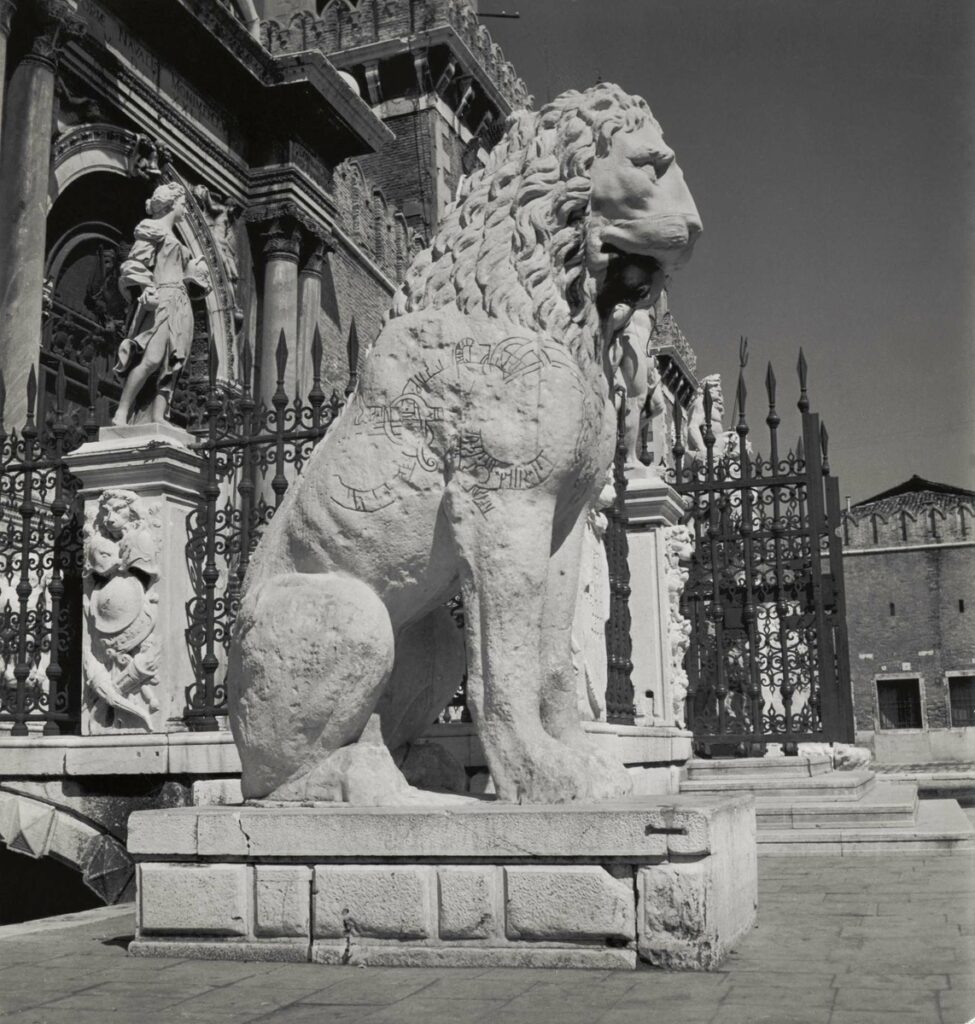
In Pireus, southern Greece, some guys felt like carving runes into a lion statue. Unfortunately the text is hard to read, now, a thousand years later:
“… they cut, the troops men … but in this harbour the men cut runes in memory of Haursi, a … vigorous husbandman … Swedes arranged this on the lion … He fell before he could gain payment.
Valiant men carved the runes …
Ásmundr carved … the runes, they Áskell … Þorleifr … and …”
In Hagia Sofia, Istanbul, three pieces of grafitti have been found.
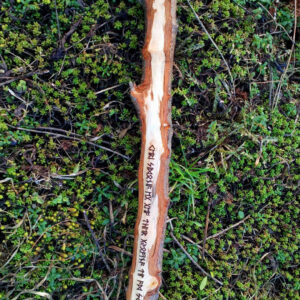
ATTACK!
Modern Vikings
What the f… is a Viking?
When was the Viking Age?
Viking beliefs
Netflix Vikings
Where did the Vikings come from, and where did they go?
How did the Vikings disappear?
Global cooling
How do we know about the Iron Age Vikings?
What’s so cool about the Viking ships?
How did the Iron Age Vikings live?
What did the Vikings eat?
What did the Vikings drink?
What language did the Vikings speak?
How did the Vikings write?
What are runestones and runesticks?
What are Viking names like?
Did the Vikings really name everything?
What did the Iron Age Vikings look like?
Aren’t all Iron Age Vikings blond?
Were the Vikings dirty or clean?
What weapons did the Vikings use?
What did the Iron Age Vikings export?
What did the Iron Age Vikings import?
What did the Iron Age Vikings steal?
Was there ever a big Viking Empire?
Where were the most important Iron Age Viking cities?
What’s the relation between Vikings, Frisians, Sámi, Anglo-Saxons, etc.?
Viking Women
Were there shield-maidens – female warriors?
Did the Iron Age Vikings practise polygamy?
Could Iron Age Vikings divorce?
Iron Age Vikings and LGBT+?
Have there been Arab or African Vikings?
Did the Vikings take slaves?
What have the Iron Age Vikings left for the present?
Vikings and Cultural Appropriation?
What is Nordicism?
Viking stories
Mythology
Encyclopedia
Timeline
Meet the vikings